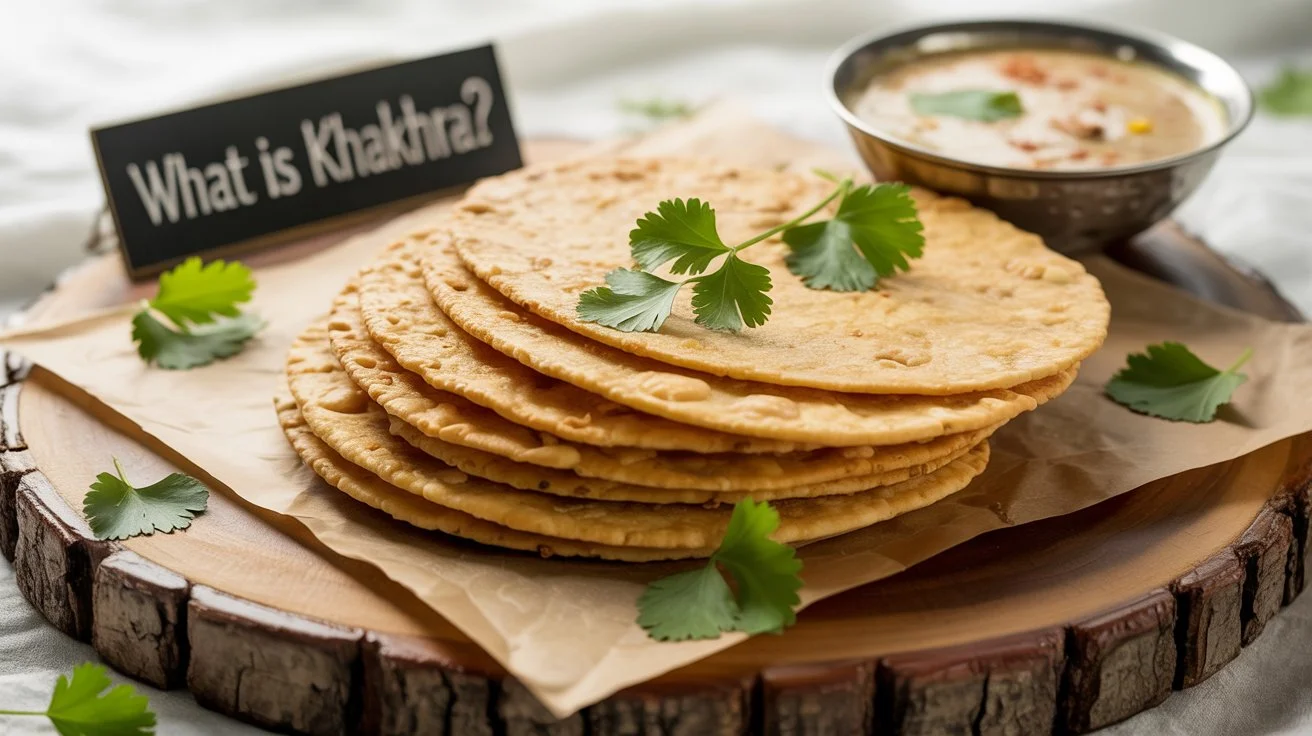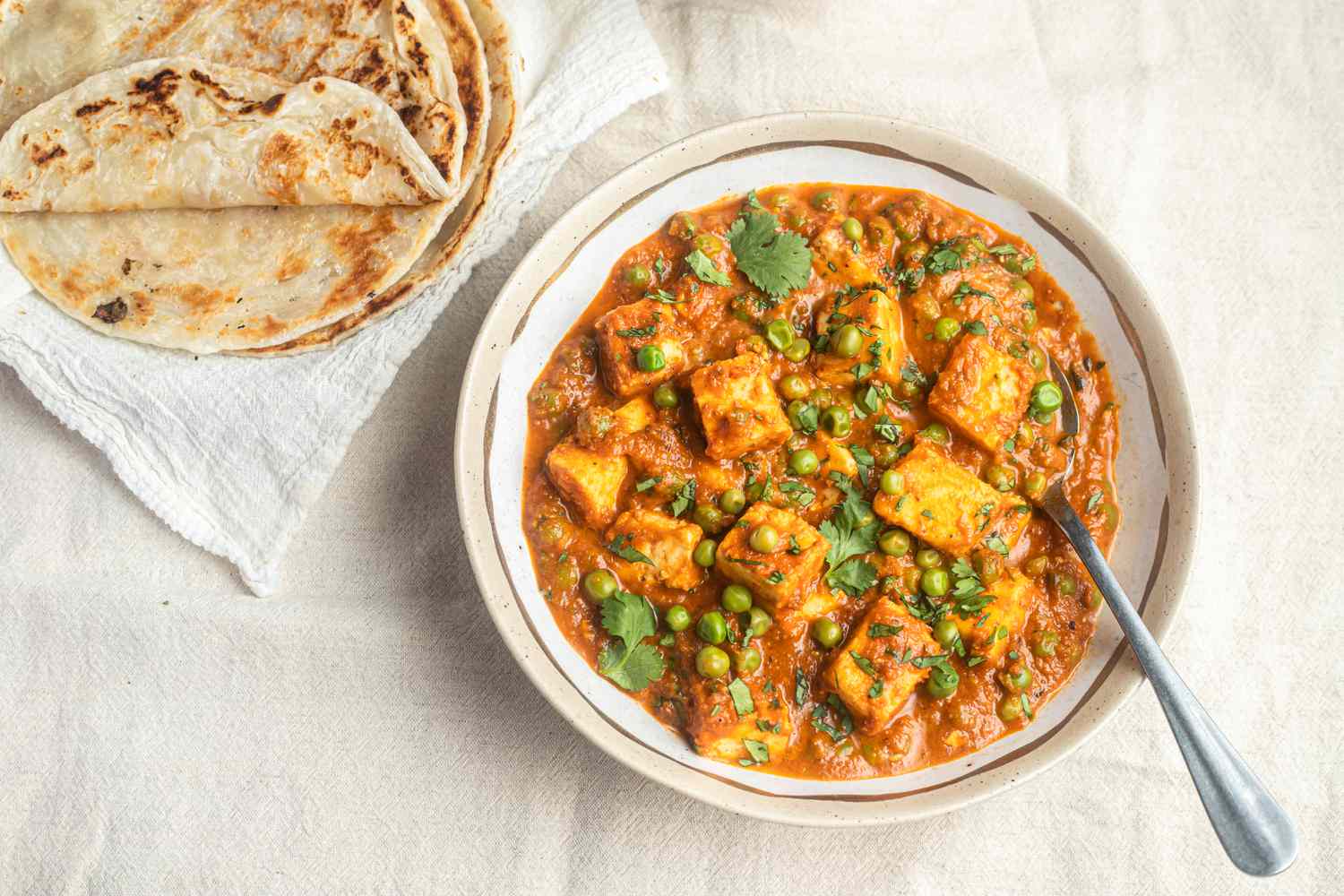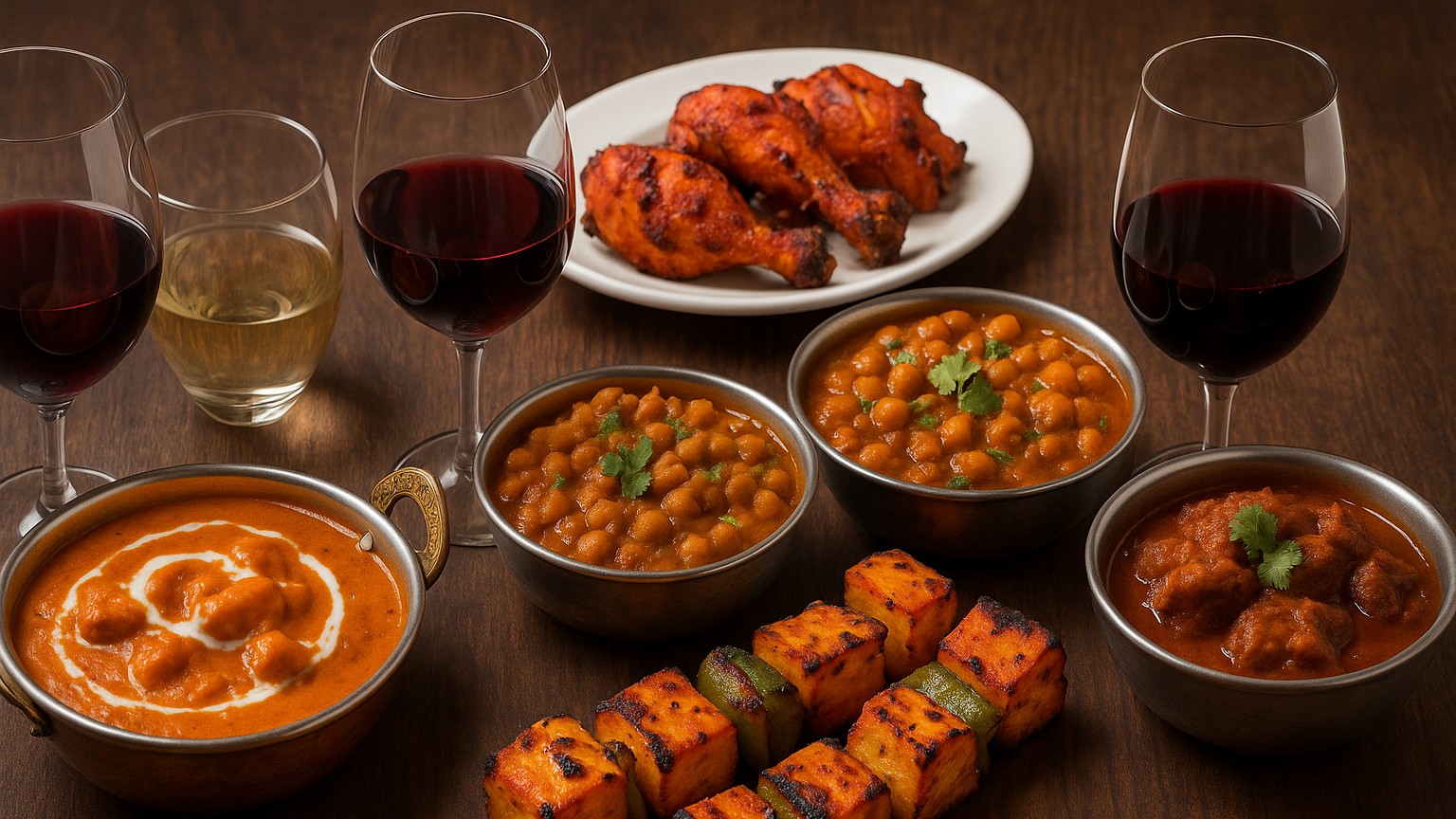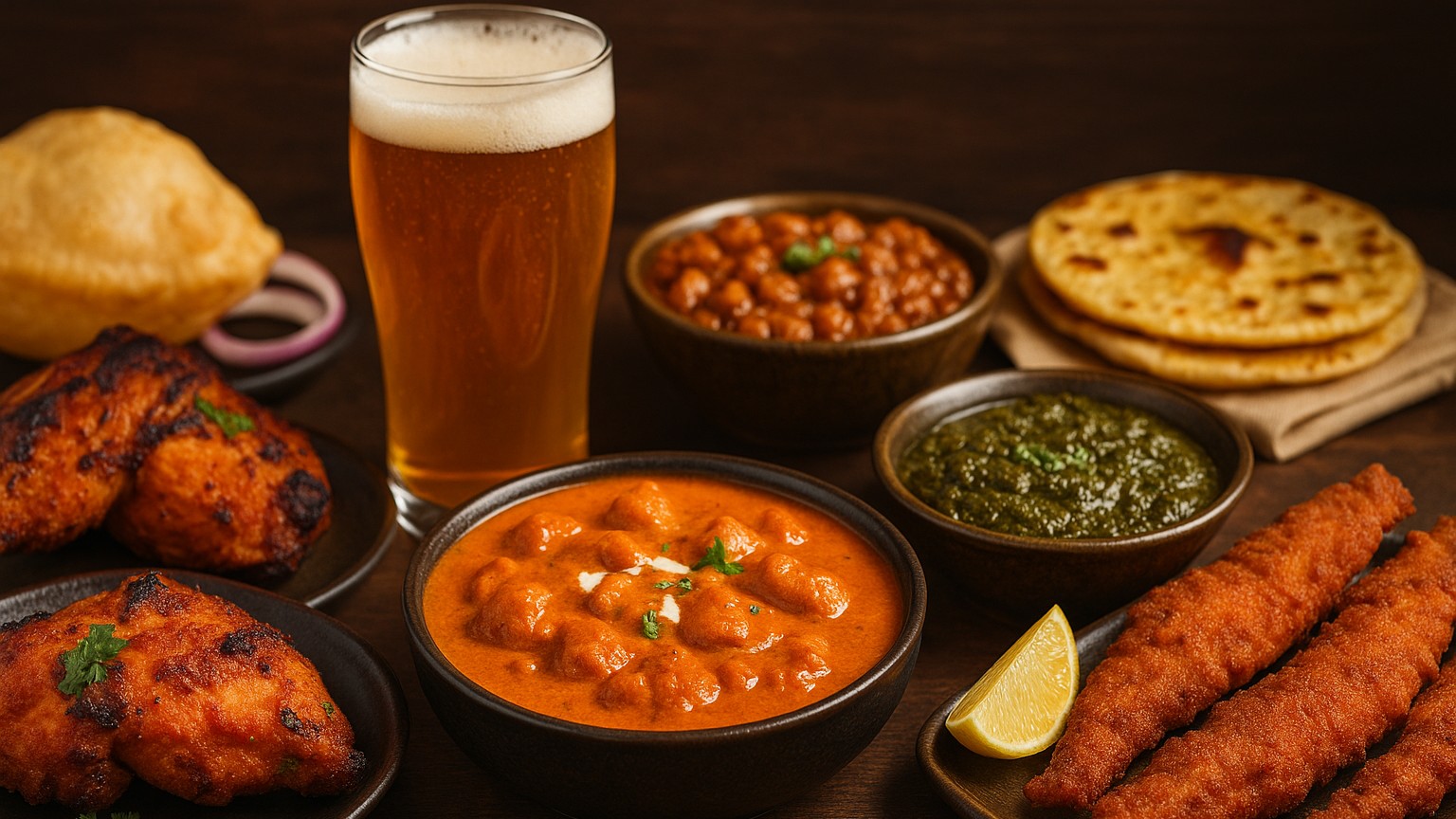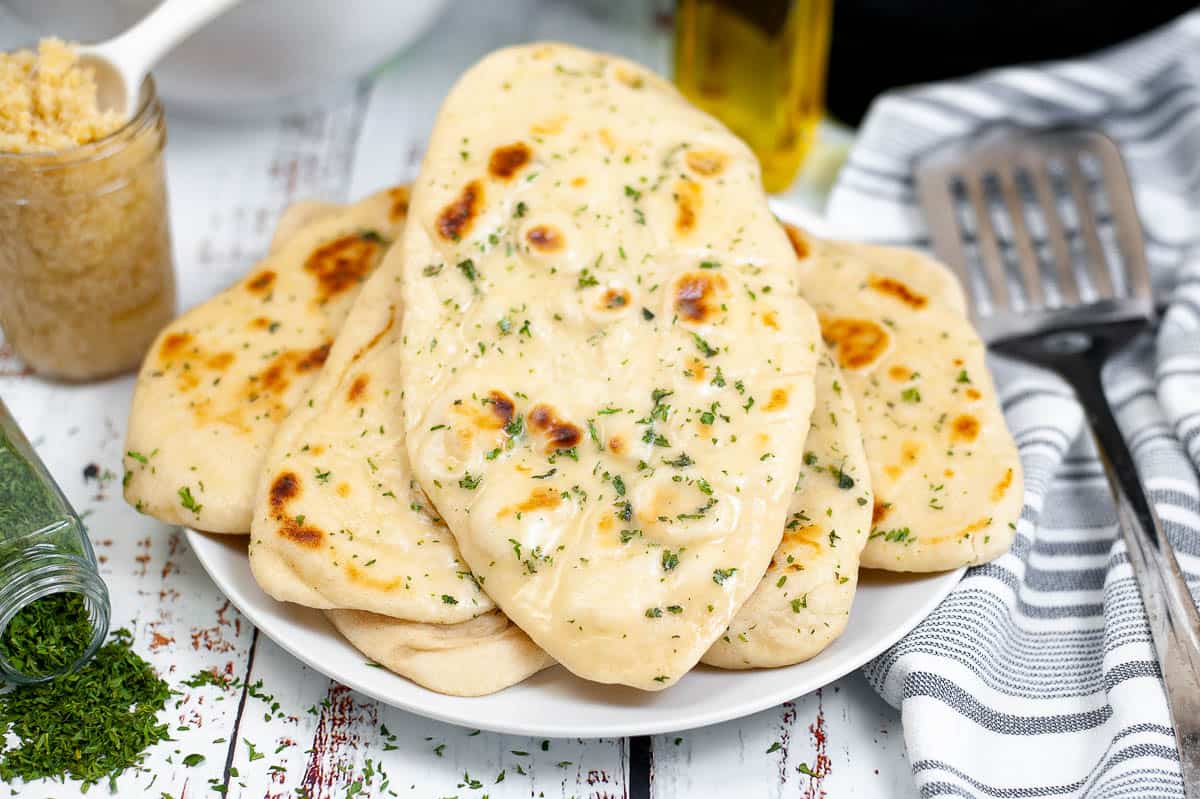Khakhra: The Crunchy Delight of Gujarati Cuisine
Khakhra is a traditional snack from Gujarat, known for its crispiness, light texture, and versatility. Often enjoyed as a healthy snack or breakfast accompaniment, Khakhra reflects the simplicity and nutritional balance of Gujarati cuisine. Understanding its origins, ingredients, and cultural importance highlights why it has remained popular across generations.
Origin and Cultural Significance
Khakhra originated in Gujarat as a convenient, long-lasting snack for households. Traditionally made in home kitchens, it has become a symbol of Gujarati culinary culture. Often consumed with tea, pickles, or chutneys, Khakhra embodies the region’s focus on wholesome, easily digestible, and flavorful food that can be enjoyed anytime.
Key Ingredients and Flavor Profile
The primary ingredient in Khakhra is whole wheat flour, combined with minimal oil and a variety of spices such as cumin, turmeric, and chili powder. The dough is rolled thin and roasted until crisp, creating a snack that is both crunchy and lightly spiced. Different variations include methi (fenugreek), masala, or garlic, offering a diverse flavor range while maintaining a healthy profile.
Nutritional and Culinary Appeal
Khakhra is widely regarded as a nutritious snack because it is low in fat, high in fiber, and made from whole grains. Its light yet satisfying nature makes it suitable for all age groups. The combination of spices and roasting enhances digestibility, making it a preferred choice for those seeking a healthy alternative to fried snacks.
Popularity and Global Reach
Over time, Khakhra has gained recognition beyond Gujarat, becoming popular throughout India and internationally. Packaged varieties are now available in stores, while artisanal and homemade versions are celebrated for their authentic taste. Its portability, shelf life, and health benefits have contributed to its growing global popularity.
Conclusion
Khakhra is more than just a snack—it is a reflection of Gujarati tradition, health-conscious cooking, and culinary ingenuity. Appreciating its origin, ingredients, and cultural relevance helps one understand why this crispy delight continues to be loved by food enthusiasts both in India and around the world.

